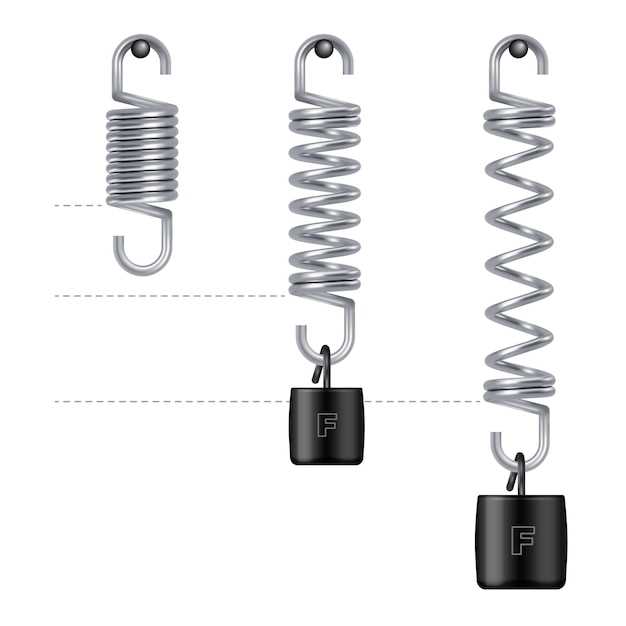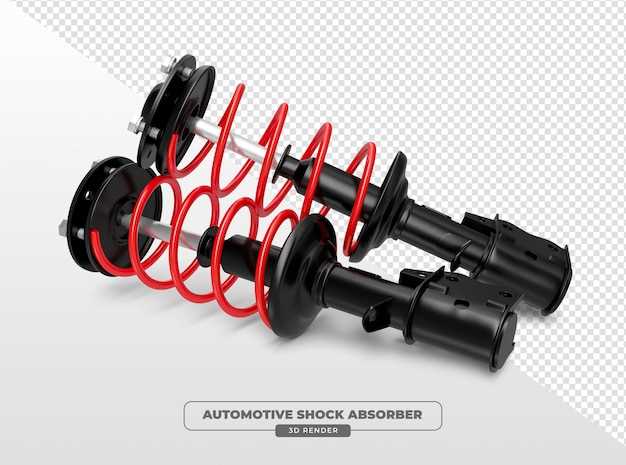
Shocks and struts are critical components of a vehicle’s suspension system, playing a vital role in maintaining ride comfort and stability. Understanding their functions and the effects they have on your vehicle’s overall performance can significantly impact your driving experience.
Shocks, or shock absorbers, are designed to control the rebound and compression of the suspension system. They minimize the up-and-down movement of the vehicle, enhancing handling and stability, particularly during sharp turns or sudden stops. A vehicle equipped with well-functioning shocks provides a smoother ride, while worn or damaged shocks can lead to increased tire wear and diminished traction.
On the other hand, struts serve a dual purpose by providing structural support and acting as a shock absorber. They are integral to the vehicle’s alignment and play a key role in keeping the tires in contact with the road. Effective struts contribute to optimal steering response and overall vehicle safety. Neglecting struts can result in poor ride quality, reduced control, and ultimately compromise safety on the road.
In summary, both shocks and struts significantly influence vehicle performance. Regular maintenance and timely replacement of these components are essential to ensure that your vehicle operates safely and efficiently. Understanding their roles enables drivers to make informed decisions about their vehicle maintenance, ultimately enhancing the driving experience.
How Worn Shocks Affect Handling and Steering Precision

Worn shocks can significantly degrade a vehicle’s handling and steering precision. Shock absorbers play a crucial role in maintaining tire contact with the road surface, which directly influences stability and control. When shocks become ineffective due to wear and tear, they fail to dampen the vibrations and impacts that occur while driving. This results in a bouncier ride and reduced stability, making the vehicle feel less composed during cornering, accelerating, or braking.
As the shocks wear out, the car’s suspension system struggles to respond appropriately to road irregularities. This leads to excessive body roll during turns, causing the vehicle to lean more than it should. Such body movement not only affects comfort but also hampers the driver’s ability to control steering inputs accurately. The lack of responsiveness can create a feeling of disconnect between the steering wheel and the road, making it harder to gauge how the vehicle will react to steering adjustments.
Furthermore, worn shocks can lead to uneven tire wear, which compounds handling issues. Uneven wear affects traction, making steering less predictable and ultimately reducing safety. In such conditions, the vehicle may not grip the road effectively, increasing the likelihood of skidding or losing control on slick surfaces.
Moreover, struts, which integrate shock absorbers and provide structural support to the suspension system, can also exhibit similar issues when worn. Faulty struts further compromise steering response, making it critical to address any signs of wear quickly. Regular maintenance, including inspections of both shocks and struts, is essential to ensure optimal handling and steering precision. This will enhance overall vehicle performance, improve safety, and provide a more enjoyable driving experience.
Identifying Signs of Weak Struts for Better Ride Comfort

Weak struts can significantly affect the comfort and safety of your vehicle. Identifying the signs of failing struts early can prevent further damage and enhance your overall driving experience. One of the most common indicators of weak struts is a bouncy ride. If your vehicle continues to bounce after hitting a bump, it may be time to inspect the struts.
Another sign of worn struts is excessive body roll during cornering. If you notice that your vehicle leans more than usual, this could indicate that the struts are not providing adequate support. Additionally, uneven tire wear is a critical sign. Inspect your tires for any signs of uneven wear patterns, as compromised struts can lead to misalignment and premature tire deterioration.
Leaking fluids is also a clear warning sign of weak struts. If you spot any oil or fluid under your vehicle, particularly near the strut mounts, this could indicate that your struts are failing and need replacement. Furthermore, if you hear clunking or knocking noises when driving over bumps, the struts or their associated components may be worn out, compromising ride comfort and safety.
Lastly, a noticeably harsher ride on rough roads can signify that the shock absorption capabilities of your struts have diminished. As struts wear down, they become less effective at dampening road vibrations, leading to a less comfortable driving experience. Paying attention to these signs can help you maintain optimal vehicle performance and ensure a smoother ride.
The Role of Shocks and Struts in Weight Distribution and Stability
Shocks and struts play a crucial role in the overall performance of a vehicle, particularly in terms of weight distribution and stability. These components are essential for maintaining the correct posture of the vehicle while driving, ensuring that weight is evenly distributed across all four tires.
Struts, as part of a vehicle’s suspension system, not only support the weight of the vehicle but also help to manage how weight is transferred during acceleration, braking, and cornering. This weight transfer is vital for delivering optimal traction and control. When a vehicle accelerates, weight shifts towards the rear, while braking causes a forward shift. Struts help to stabilize this movement, ensuring that tires maintain contact with the road for maximum grip.
Moreover, shocks work in conjunction with struts to absorb road imperfections and provide a smoother ride. They dampen the oscillations caused by road bumps and dips, allowing for better stability during dynamic driving situations. By controlling the motion of the springs, shocks prevent excessive bouncing that could lead to loss of control, particularly in adverse weather conditions or sharp turns.
In terms of handling, the combination of well-functioning shocks and struts contributes to a balanced weight distribution. When these components are in good condition, they promote a lower center of gravity, which enhances the vehicle’s stability during maneuvers. This is particularly important for sporty and performance vehicles where cornering speed and grip are critical.
Ultimately, the effectiveness of shocks and struts in managing weight distribution directly impacts the safety and performance of a vehicle. Regular maintenance and timely replacement of worn-out shocks and struts can significantly improve a vehicle’s handling characteristics and provide a smoother, safer driving experience.




